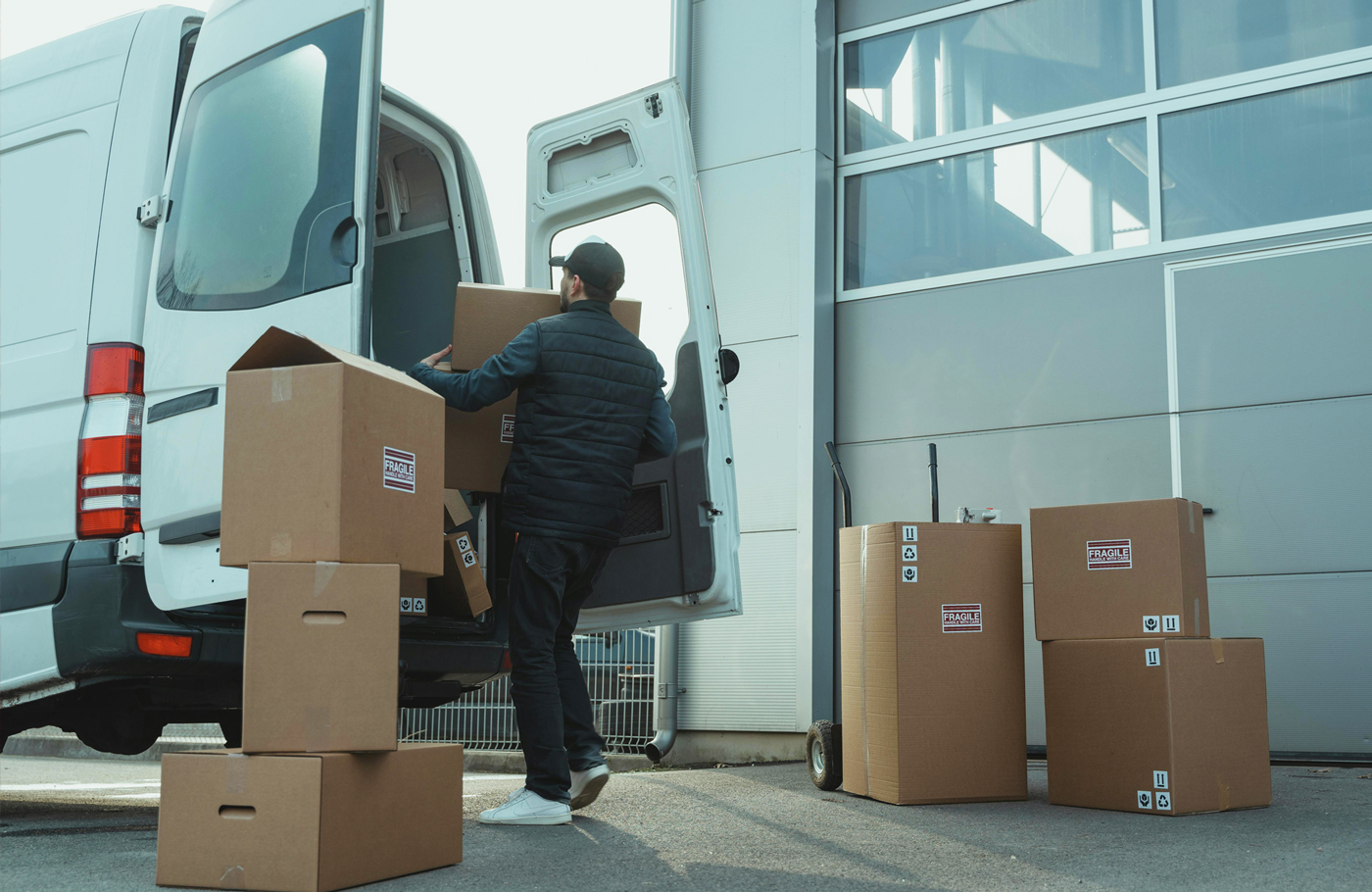Automation: aiding, not threatening, humans in warehouses
Automation: aiding, not threatening, humans in warehouses
Warehouse automation isn’t replacing workers – it’s empowering them. KEVIN LEDVERSIS explains how technology and human expertise are combining to redefine efficiency, agility, and success in modern logistics.
The supply chain and logistics industry is undergoing a transformative shift, blending technological innovation with human intellect and experience. Contrary to the common misconception that automation will fully replace human roles, its true potential lies in empowering workers and reshaping how people and machines collaborate to optimise warehouse technology integration.
The rise of warehouse automation solutions
Traditional approaches have left warehouse workers overwhelmed, particularly with the rise of next-day delivery, overnight returns, and other ambitious service promises. As a result, consumer expectations have placed an unrealistic demand on human workers. Meeting the pace required to achieve new productivity and efficiency standards is not simply a matter of hiring more labour or working faster; it requires a strategic approach to adapting to fast-changing market conditions. This calls for innovative automation solutions specifically designed for warehouses.
Warehouses that implement automation benefit from greater efficiency, faster order fulfilment, fewer errors, enhanced visibility, scalability, and the potential for 24/7 operations. While these technologies have been game-changers, this does not mean that human workers are redundant.

Why human labour remains essential
Although many warehouses and distribution centres are adopting automation, human intervention remains indispensable. Change is coming, however, in the roles people fulfil alongside technology. Automation takes on repetitive and time-intensive tasks, enabling workers to focus on complex, adaptive, and high-value activities. Here are a few reasons why human labour is still essential in warehouses:
- Cost-effectiveness. Automation can save costs over time, but initial investment is substantial. Small and mid-sized warehouses often find it more practical to maintain a workforce for tasks that technology alone cannot efficiently handle.
- Adaptability and flexibility. Machines excel at repetitive tasks, but humans are better suited to handling unpredictable scenarios. Workers can quickly adapt to changing needs, whether unloading trucks, building pallets, picking products, or processing returns.
- Dexterity. Although robots have advanced significantly, many still lack the precision and delicate touch required to handle fragile or irregularly-shaped objects.
- Critical thinking. In emergencies such as power outages or equipment failures, human workers can problem-solve in real time – a skill that machines have yet to master.

Working together in the warehouse
Integrating artificial intelligence (AI) and advanced automation in logistics has sparked a race towards modernisation.
A variety of technologies including automated conveyor systems, autonomous forklifts, and robotic pickers have been revolutionising logistics operations for the past decade. However, successful implementation continues to depend on balancing technology with the human element.
Automation is not about replacing workers, but about enhancing human capabilities. Here are some key ways in which people and machines are working together in warehouses:
- Automated Guided Vehicles (AGVs). AGVs can help human workers by transporting heavy goods across warehouses, increasing speed and reducing the risk of sprains and strain-related injuries to the people in the warehouse.
- Mobile powered carts. These ergonomic workstations bring tasks directly to workers, minimising unnecessary movement between central locations. They also integrate wireless automation solutions, helping to streamline workflows.
- Voice picking. Instead of holding clipboards or paper-based lists, warehouse workers can pick orders hands-free using voice-picking automation. The machines receive verbal instructions and confirm their selections before moving on to the next task.
- Collaborative robots (cobots). Designed to assist rather than replace workers, cobots help eliminate repetitive, difficult, or inefficient tasks. They ease workloads in order picking, pallet loading, and quality control inspections.
- Automated storage and retrieval systems (AS/RS). These systems efficiently manage inventory storage and retrieval, operating with speed and accuracy while allowing human workers to focus on higher-priority tasks.
A balanced approach to warehouse efficiency
Truly intelligent warehouse automation technologies are most effective when they support – rather than replace – human workers. With two-day, next-day, and even same-day delivery becoming the norm, workers face significant pressure, making efficient fulfilment practices more critical than ever.
By combining human creativity, problem-solving, and adaptability with the speed and precision of technology, warehouses can meet the demands of today’s fast-paced market while future-proofing operations. Together, people and machines can build more efficient, adaptable, and resilient warehouses – ready to meet the challenges of the future.
Published by
Kevin Ledversis
focusmagsa




